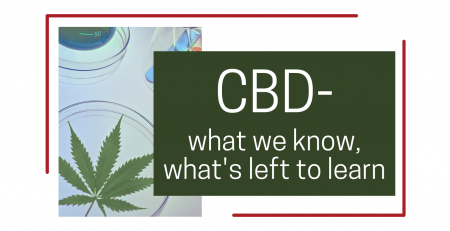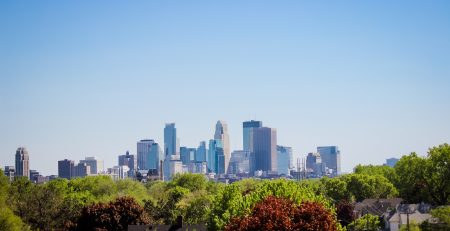The Quick Complete History of Hemp
Hemp has been around for longer than any of us. Originating in Central Asia, Hemp being cultivated for fibre was recorded in China as early as 2800 bce and was practiced in the Mediterranean countries of Europe early in the Christian era, spreading throughout the rest of Europe during the Middle Ages.
Hemp (Cannabis sativa) , now more commonly known for its association with cannabis, is a plant of the family Cannabaceae cultivated for its fibre or its edible seeds. Hemp is often mistaken withe cannabis plants that are work as sources for the drug marijuana and the drug preparation hashish. Although these three products all contain tetrahydrocannabinol (THC), a compound that leads to psychoactive effects in humans, the variety of cannabis cultivated for hemp has only small traces of THC relative to that produced for the production of marijuana.
These are some key moments in which hemp has been used throughout history
- 8000 BC: There is proof of hemp being one of the earliest crops to be cultivated is found in Asia. It extended quickly throughout Europe, Africa and South America, where seeds and oil were used for pottery and mainly food.
- 2000 – 800 BC: Hemp is offered as a gift, referred to in Hindu religious documents as ‘sacred grass’, one of the five sacred plants of India.
- 600-200 BC: The use of hemp continues across northern Europe, with hemp rope found in southern Russia and Greece and hemp seeds and leaves found in Germany.
- 100 BC: China makes use of hemp to make paper.
- 1533: King Henry VII of England makes hemp a crop essential by taxing farmers if they don’t produce it.
- 1606: North America first encounters hemp as a staple item to make clothes, shoes, ropes, paper and food.
- 1700s: American farmers are forced by law to grow hemp as an essential crop, with many of America’s founding fathers advocating for its benefits.
The world’s production of hemp fiber increases. Russia takes over as the biggest producer of hemp globally.
- 1929: Ban on alcohol is removed from United States law. The first commissioner of the Federal Bureau of Narcotics, Harry Anslinger, tells the public that cannabis is ‘a devil drug’, but scientists can’t find any evidence of cannabis being harmful.
- 1937: The Marihuana Tax Act is passed in the United States, taxing anyone who deals with any cannabis product. In Europe, the farming of hemp is not legally banned but commercial cultivation ceases due to reduced demand compared to more popular, artificially produced fibers.
- 1942-1945: The tax on cultivation is revoked during WWII by the US government, who requires it to make uniforms, canvas, ropes. The government promotes a pro-hemp documentary named Hemp for Victory, wanting farmers to produce hemp to support the war. The U.S. Department of Agriculture encourages the making of hemp and releases articles showing its benefits, leading to over 400,000 ha of hemp grown throughout the Midwest and Southeast.
- 1950s: The Soviet Union is the world’s greatest producer of hemp. Since 1931, the Hemp Breeding Department at the institute of Bast Crops in Ukraine has been one of the globes’s biggest centers for developing new varieties.
- 1960s: Following the ratification of the UN Single Convention on Narcotic Drugs, cannabis – without differentiation between hemp and marijuana – is banned in most countries. In the US, it is classified as a Schedule 1 drug, grouping the plant with heroin and LSD. This results in many countries doing the same, preventing research and production.
- 1971: In the UK, cultivation licenses are issued by the Home Office under the Misuse of Drugs Act, allowing hemp cultivation for non-drug purposes and referring to the plant as industrial hemp.
- 2007: The very first hemp licenses in the US in +50 years are given to 2 farmers in North Dakota.
- 2014: President Obama signs the Farm Bill into law, giving way to research institutions to pilot hemp farming programs. The Farm Bill legally separates hemp from marijuana and legalizes the cultivation of industrial hemp for research purposes, defining industrial hemp as Cannabis Sativa L. plants with 0.3% concentration of THC or less (the psychotropic cannabinoid).
- 2018: The U.S. Food and Drug Administration approves Epidiolex, a cannabidiol oral medication.
The 2018 Farm Bill revokes hemp and its derivatives from the Controlled Substances Act. In Europe today, hemp is a niche crop, cultivated on more than 33,000 ha. France is Europe’s biggest producer and second in the world, with 8,000 ha cultivated. It is mainly used for pulp for cigarette papers and technical uses.
The word leading producer is China, with 70% of the world output. 2.5 million ha of wild hemp still grow in the Russian far East.
Hemp uses
There are more than 50,000 different uses of hemp, that we can classify in 6 categories:
- Textiles: clothing, handbags, shoes etc.
- Industrial textiles : rope, canvas, tarps, carpeting etc.
- Paper: printing, newsprint, cardboard, packaging
- Food: hemp seed hearts, oil, protein powder, food supplements
- Building materials: oil paints, varnishes, fuel, solvent, coatings, insultation etc.
- Body care: soaps, shampoos, balms, cosmetics etc.
Hemp is a remarkable plant that flows as food, clothes, house material, healing power, and environmental protection.














Comment (1)
I am really impressed together with your writing abilities and also with the format to your weblog. Is that this a paid topic or did you customize it your self? Anyway stay up the nice quality writing, it is rare to look a nice weblog like this one these days!